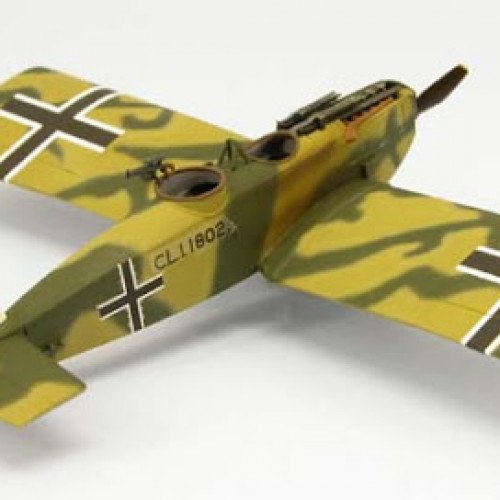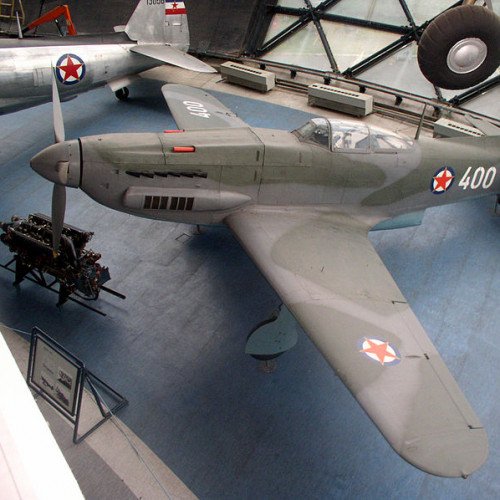Junkers CL.I vs Ikarus S-49

Junkers CL.I
The Junkers CL.I was a ground-attack aircraft developed in Germany during World War I. Its construction was undertaken by Junkers under the designation J 8 as proof of Hugo Junkers' belief in the monoplane, after his firm had been required by the Idflieg to submit a biplane (the J 4) as its entry in a competition to select a ground-attack aircraft. The J 8 design took the J 7 fighter as its starting point, but had a longer fuselage to accommodate a tail gunner, and larger wings. The prototype flew in late 1917 and was followed over the next few months by three more development aircraft. The Idflieg was sufficiently impressed to want to order the type, but had misgivings about Junkers' ability to manufacture the aircraft in quantity and considered asking Linke-Hoffmann to produce the type under licence. Finally, however, Junkers was allowed to undertake the manufacture as part of a joint venture with Fokker, producing a slightly modified version of the J 8 design as the J 10. Like the other Junkers designs of the period, the aircraft featured a metal framework that was skinned with corrugated duralumin sheets. 47 examples were delivered before the Armistice, including three built as floatplanes under the designation CLS.I (factory designation J 11). After the war, one or two CL.Is were converted for commercial service by enclosing the rear cockpit under a canopy.
Statistics for this Xoptio

Ikarus S-49
The Ikarus S-49 was a Yugoslav single-seat, single-engine fighter aircraft built for the Yugoslav Air Force (Serbo-Croatian: Ratno vazduhoplovstvo i protivvazdušna obrana – RV i PVO) shortly after World War II. Following the Tito–Stalin Split in 1948, the RV i PVO was left with an aircraft inventory consisting of mostly Soviet aircraft. Unable to acquire new aircraft or spare parts for its existing fleet, the RV i PVO turned to its domestic aviation industry in order to create an indigenous design to fulfill the need for additional aircraft. The result was the S-49A, designed by Kosta Sivčev, Svetozar Popović and Slobodan Zrnić, on the basis of the pre-war Rogožarski IK-3. The S-49A was surpassed by the improved S-49C, featuring an all-metal construction and a more powerful engine. A total of 45 S-49A and 113 S-49C were produced by the Ikarus Aircraft Factory in Zemun. The last aircraft were retired from RV i PVO service in 1960/61, having been replaced by more modern jet-powered aircraft.